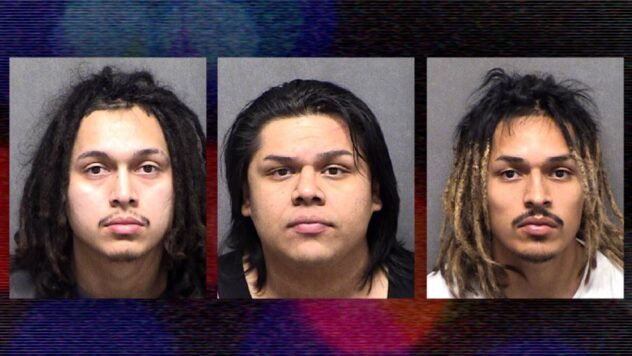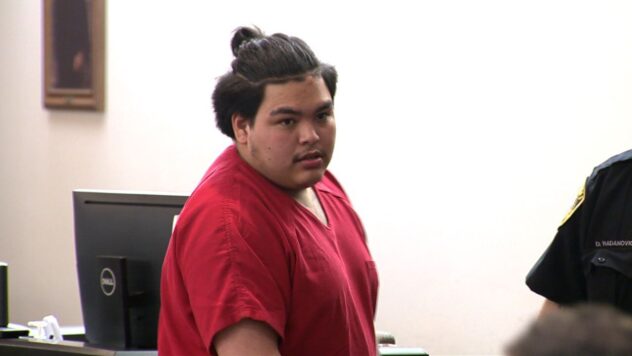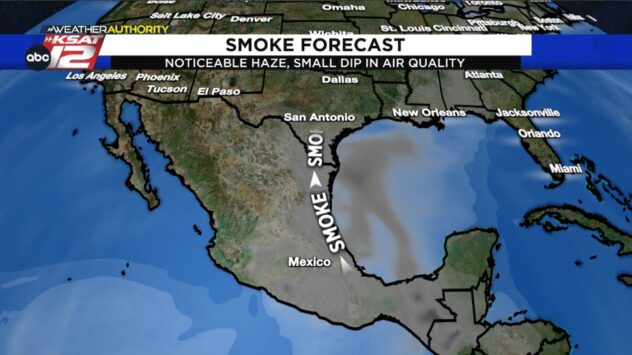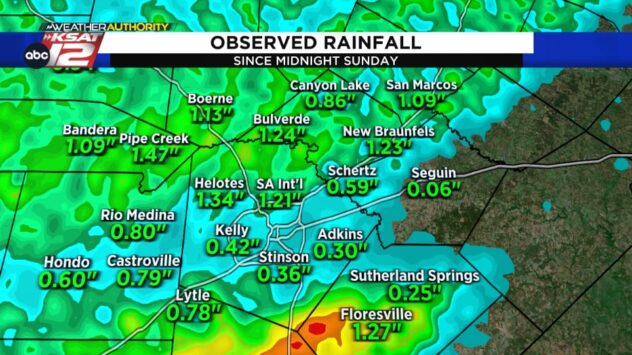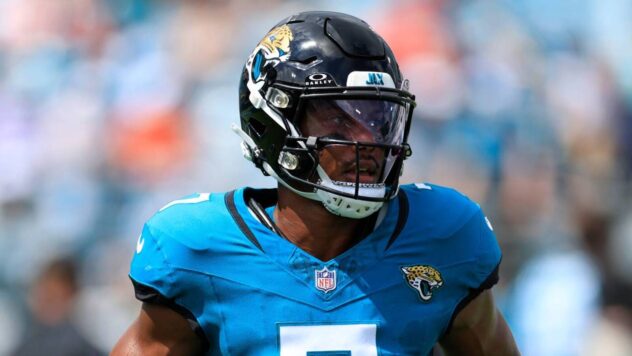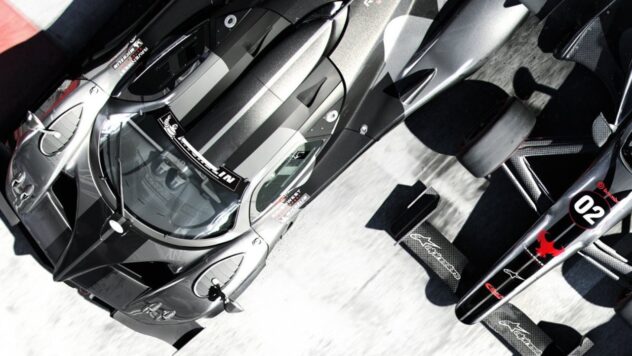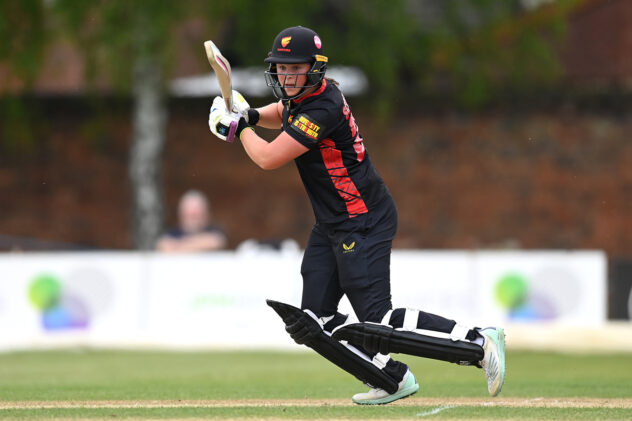Baltimore’s ‘success story’ should offer warnings for San Antonio as it attempts urban renewal projects
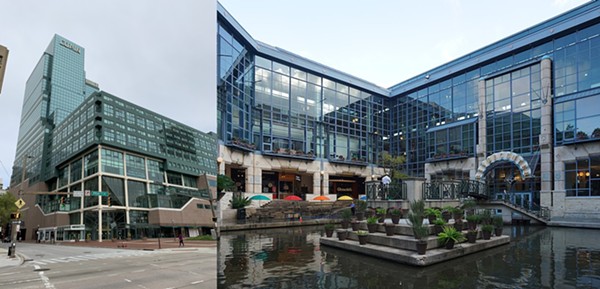
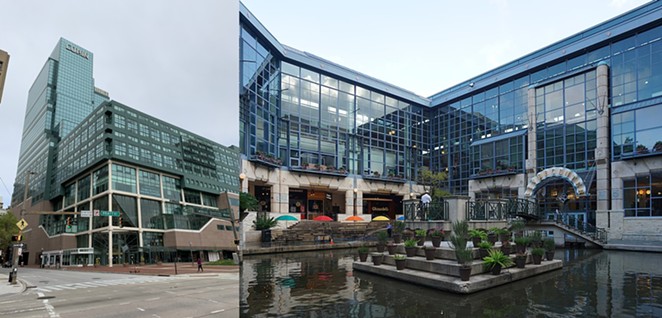
- Wikimedia Commons / TastyPoutine (left), Michael Barera (right)
- Baltimore’s flagging Harborplace is on the left, and San Antonio’s Rivercenter Mall is on the right. Notice any similarities?
The following is CityScrapes, a column of opinion and analysis.
In the annals of urban revitalization success stories, few places are as regularly recognized and touted as Baltimore. From the rebuilding of its downtown core with the Charles Center renewal project to the refashioning of its decaying Inner Harbor into a collection of visitor magnets and attractions, the city is widely cited as a model example. When scholars Edward Hill and Hal Wolman surveyed urban experts, Baltimore landed second on their list of “successfully revitalizing” cities from 1980 to 1990, and among the top for the period from 1990 to 2000.
The centerpiece of Baltimore’s apparent success was the Inner Harbor, deemed by British planning scholar Peter Hall together with Boston’s waterfront as “the two great showcases of urban revitalization in its first phase.” And the focal point of Baltimore’s revitalized harbor was Harborplace — two glass-walled pavilions of retail shops and restaurants facing the waterfront. They were built by renowned mall developer James Rouse, who also constructed San Antonio’s North Star Mall, among other shopping meccas.
Based on Harborplace’s apparent success, other cities imitated Baltimore by “just adding water” to new downtown malls.
Rouse insisted that the stores and food at Harborplace be unique and local, going so far as tasting the food court offerings and aiding local shop owners. The idea was to make the venture a distinctly Baltimore destination that could attract locals. By 1982, its second year of operation, it was attracting more than 16 million visitors a year.
But Rouse also needed out-of-town visitors and shoppers, so he insisted on building the complex between the new Baltimore Convention Center, a Hyatt hotel and the water. As Alexander Garvin notes in The American City: What Works, What Doesn’t, “One reason for the initial success of retail shopping at the Inner Harbor was that a year earlier the 425,000-square foot Baltimore Convention Center had opened, bringing tens of thousands of tourists downtown.” Joined by an aquarium and two sports stadiums, “these palaces for the people provide an avalanche of customers.”
To keep that “avalanche” of tourists and visitors, Baltimore expanded its convention center in 1997. The forecast was that the venue, then drawing about 180,000 convention attendees annually, would boom to at least 330,000, and potentially top 500,000.
That didn’t happen.
The Baltimore Convention Center hosted 250,000 conventiongoers in 2001, and just 220,000 the following year. In June 2002 the Baltimore Sun summed things up by headlining an article “Baltimore Built It — They Didn’t Come.”
The response by the chief of Baltimore’s convention and visitors bureau? The city needed a large headquarters hotel next door to the center.
In 2005, the city’s development arm, the Baltimore Development Corporation, pitched the idea of a city-financed and -owned hotel as the answer to the convention center’s failings. And with a consultant study that promised a boom in convention attendance, the city went into the hotel business, backing the bonds for the new, 750-room Baltimore Hilton with citywide hotel tax revenues.
As the city was trying to redeem its underperforming convention center, Rouse in 2004 sold Harborplace, along with its other malls, to General Growth Properties. The buyer, as buyers often do, promised new life and new tenants. But by mid-2009, the Sun noted in a story headined “Making an Exit” that both Harborplace and its across-the-street companion the Gallery at Harborplace were losing major tenants such as White House Black Market and J. Crew. Two years later, Phillips Seafood, Harborplace’s anchor restaurant and the last of its original tenants, announced it too was leaving.
The new Hilton convention headquarters hotel opened in August 2008. And with the convention and hotel business nationally buffeted by the recession, it too fell short. The convention center managed 221,600 attendees in 2012, roughly the same as 20 years earlier. By 2019, that number was down to 204,166. Harborplace struggled as well, and in 2012 it was sold to Ashkenazy Acquisitions of New York along with other Rouse trophy properties including Faneuil Hall Marketplace in Boston.
The Baltimore Sun heralded the new owners as “Hope at Harborplace.” But Ashkenazy didn’t begin promised renovations until late 2016, and work dragged on for two years.
That effort proved too little, too late. Ashkenazy brought some national chains to the complex — Johnny Rockets, Hooters, Bubba Gump Shrimp Co. — but finally defaulted on its mortgage in May 2019. The complex was put in the hands of a receiver.
Now, with Harborplace 60% vacant, some Baltimore officials hope for new local owners, while others recommend simply demolishing the buildings and creating open space.
Baltimore’s situation offers a wealth of lessons about urban revitalization “success” — its fragility, the need for constant reinvention, the limits of national ownership, the perils of imitating what worked in other cities. And there are lessons about the convention business, with Baltimore and elsewhere struggling well before the pandemic.
Those lessons should be resonant for San Antonio. After all, Ashkenazy Acquisitions is the owner of downtown’s sparsely occupied Rivercenter Mall.
Heywood Sanders is a professor of public policy at the University of Texas at San Antonio.
Stay on top of San Antonio news and views. Sign up for our Weekly Headlines Newsletter.


